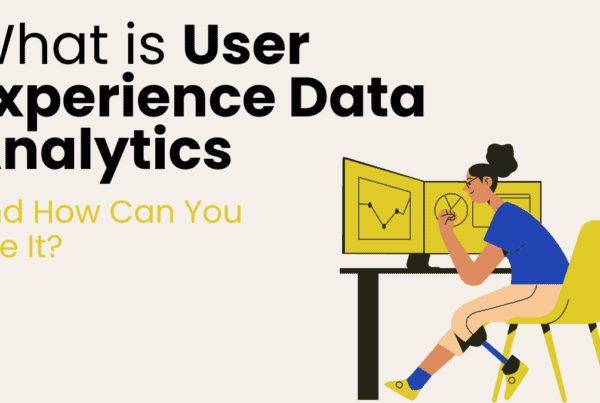
If you are an e-commerce company, owner, developer, or an online marketer, then shopping cart abandonment should be a top priority. Note that only a small fraction of website visitors abandon their carts with items inside, relative to the entire traffic flow of your website. What matters is what those visitors represent: people who almost made a purchase but stopped for some reason at the last minute. If you can come up with a plan to close out the conversion of those customers, then you won’t just be making more sales from them. You’ll also learn a lot more about what it takes to boost conversions and how you can tweak your strategy to make better use of your traffic.
Online marketing is all about efficiency. You need to get as high of a return as you can for your limited resources. That means a common strategy in online marketing is to target marginal demographics who are close to becoming full customers. By making one small change to the way you interact with that group, you might be able to tip a large percentage of them in making a purchase. Such is the case with cart abandonment.
It is tempting to view cart abandonment as an example of failure, but in actuality these cases are successes in the sense that they indicate customers who are highly interested in your brand. They would not have added anything to their carts if they were not considering making a purchase. It is likely that you can convince them to return and proceed to checkout. You can also learn what you can do to avoid future abandonments by pushing your conversion rate up just a little bit so that you capture these marginal customers.
Figuring out what exactly is coming between these potential buyers and checking out is the first step. For this, you will need to introduce some analytics. Depending on the business you run and your industry, there are multiple different types of customer data that can help you. You will need some way of recording what your customers are interacting with when they are on your site. One way of doing this is with heatmaps. These can tell you what parts of your site get the most attention, so you can see if the way your customers interact with your site matches up with your vision of what is important for them to see. There is a lot of software that can help you build a heatmap and show you what it means, and the good ones have easy-to-use user interfaces. You do not need an extensive background in analytics to get the basic information you need out of them. There’s other forms of data that you can use, of course. If the people who abandon their carts are on your mailing list, then you probably have some information about their history with the brand and their demographics that way. The more information you have, the better. Anything you can find out about these customers will inform how you interpret their behavior.
The next thing to do after collecting your data is to analyze it. Whether this falls under the umbrella of “Big Data” depends on how much data you have and your experience in using data for marketing. The more experience you have, the easier it becomes to run analytics projects. However, just as with the heatmaps, there now exist powerful software suites that can help you create data visualizations and find insights using clear dashboards and GUIs. That is enough to let you see what might be causing shopping card abandonment. You need to learn what it is that separates the customers who abandon their carts from those who make purchases, as well as from people who add nothing to their carts. You will find that there is some systematic pattern or characteristic that is unique to the group of people who abandon their carts. For example, they might not be noticing that there is a similar version of the item in their cart that is available for sale at a lower price. Perhaps they arrive via your mobile ad clickthroughs and find your site hard to navigate. There are a lot of possibilities, and often the results are not as clear cut as these examples. You will need to use your own intuition to decide why customers are not checking out the items in their carts.
Even if you do not have an answer right away, keep digging. Perhaps your call to action is not clear and so visitors are not sure what to do next after reading it. It could be that you are losing web site leads because visitors get distracted by ads or a sidebar on the site. In many cases, a cleaner and simpler design is core to conversion rate optimization because it streamlines the process of buying. If you really want to solve shopping cart abandonment, you can even try asking friends and family to use the site. They might spot a pain point that you don’t see.
The bottom line is that you know you are adding value to these customers. You just cannot seal the deal. There is an obstacle, or perhaps more than one obstacle, that is blocking the final stage of conversion. There are several solutions you can implement. Design cleanup is a good one because it is fitting for conversion rate optimization for all visitors, so you should get a boost from an overall increase in conversion. You can set up an automated mailer to email people who abandon carts and remind them of the cart’s contents. Try offering a small discount right before checkout. Be creative. Your web site leads are not just buyers- they are potential long-term customers, the core repeat business that you need to thrive and grow. Treat each of them as if they were that valuable.
How EyeUniversal distinguishes itself from the competition, is in their uniqueness in recognizing and approaching these dilemmas that the clientele come across- and their ability to turn them into an asset. EyeUniversal can be reached at 888-963-9348.




